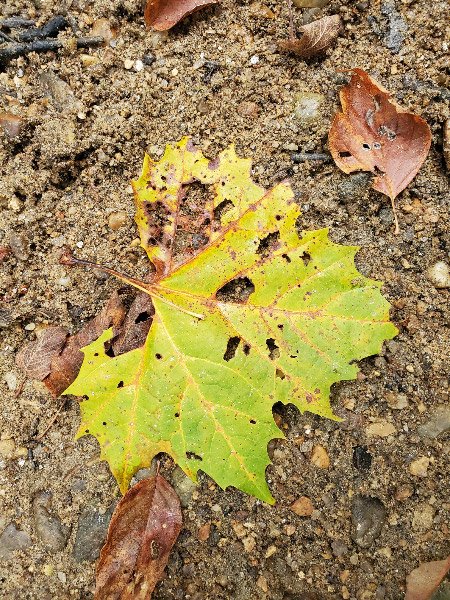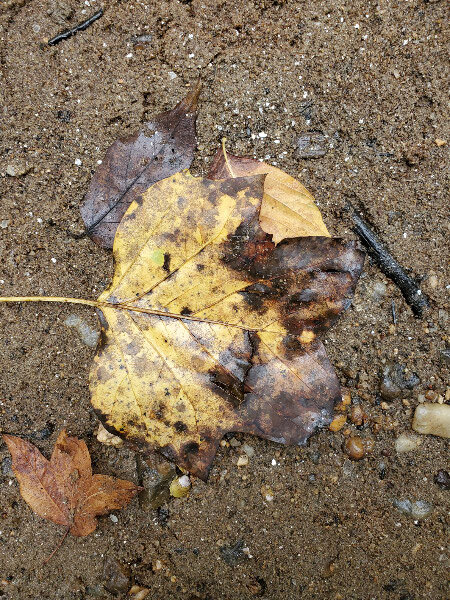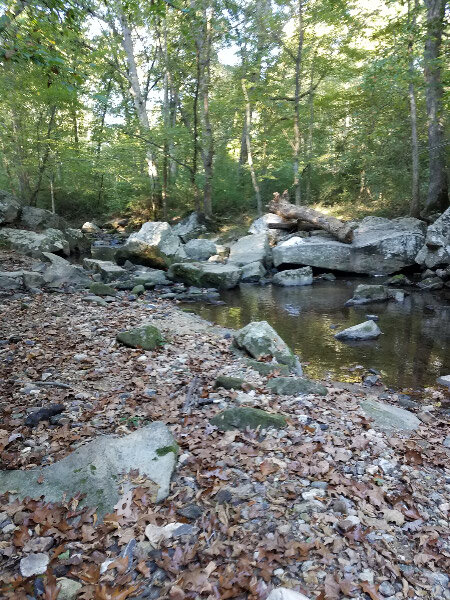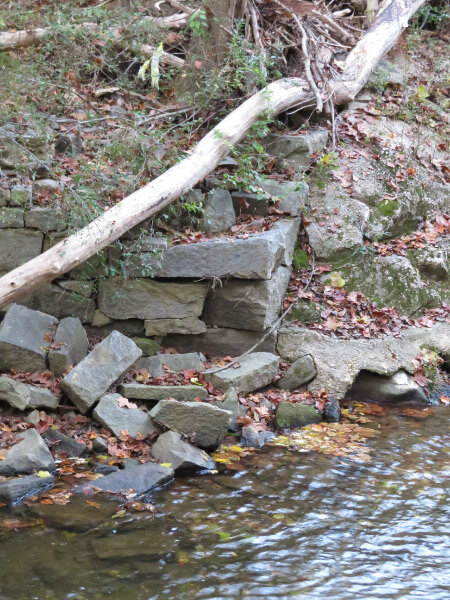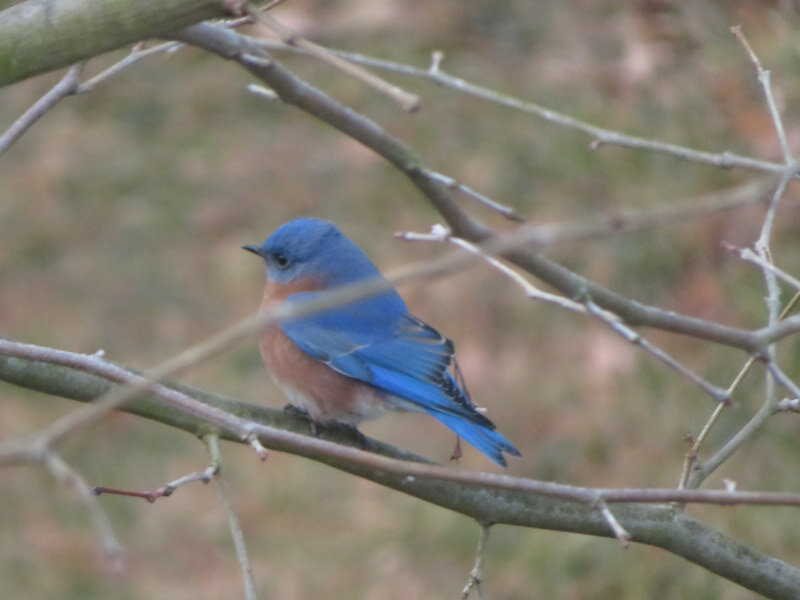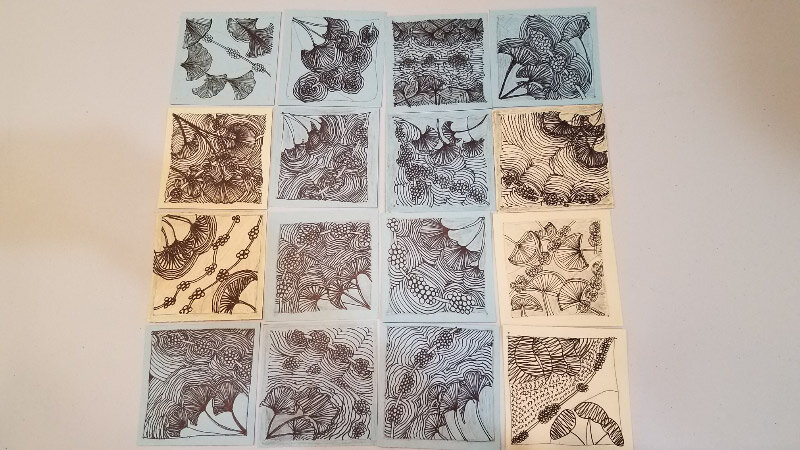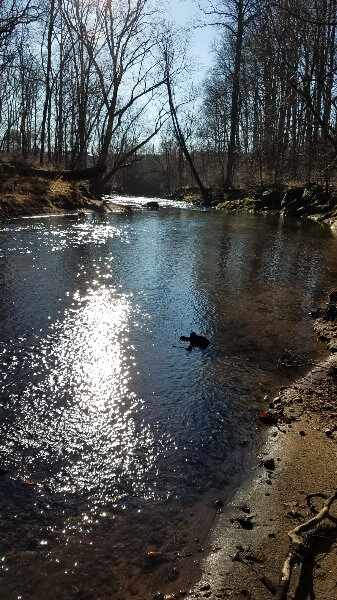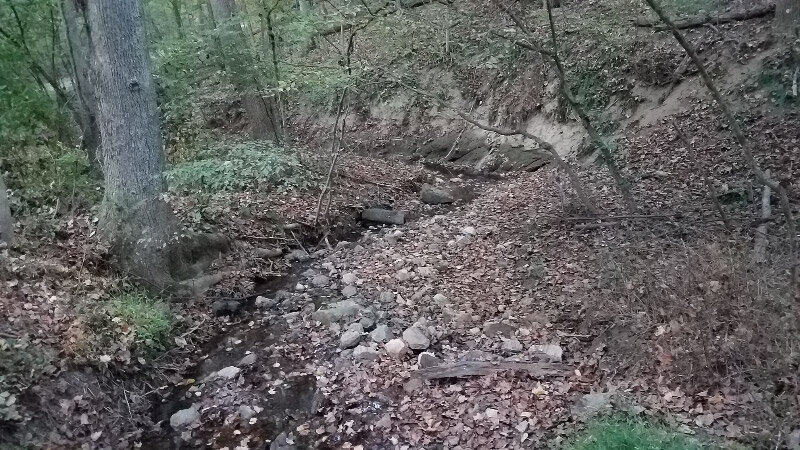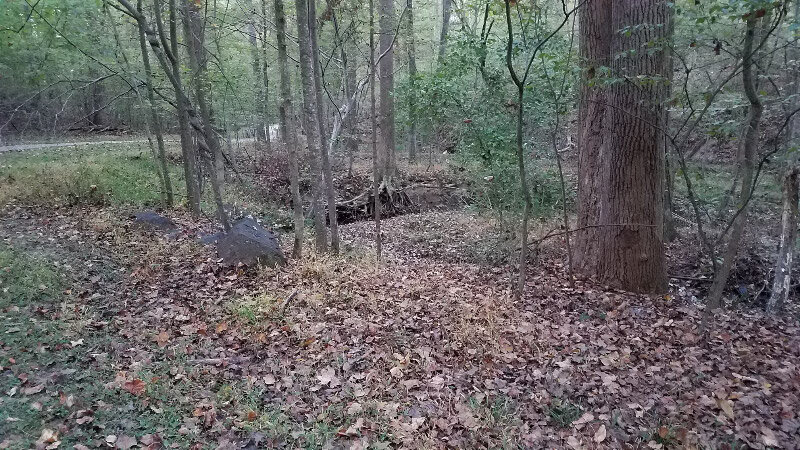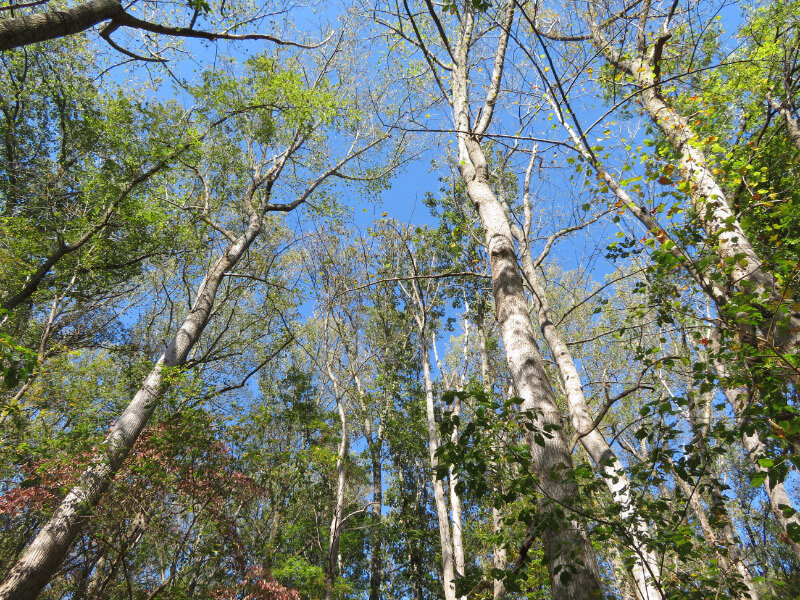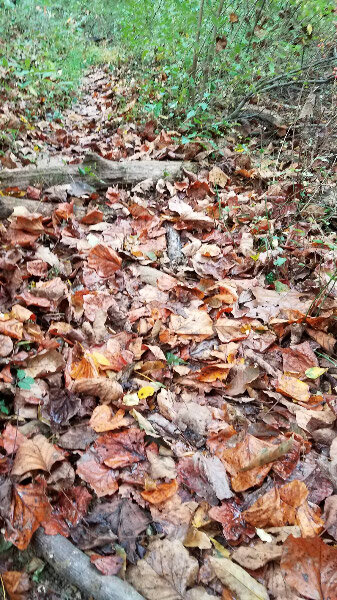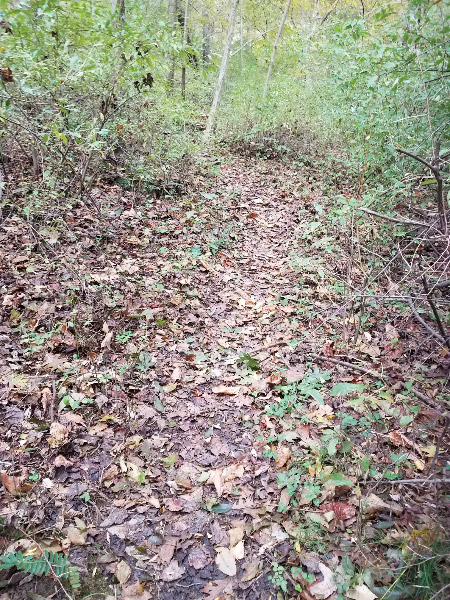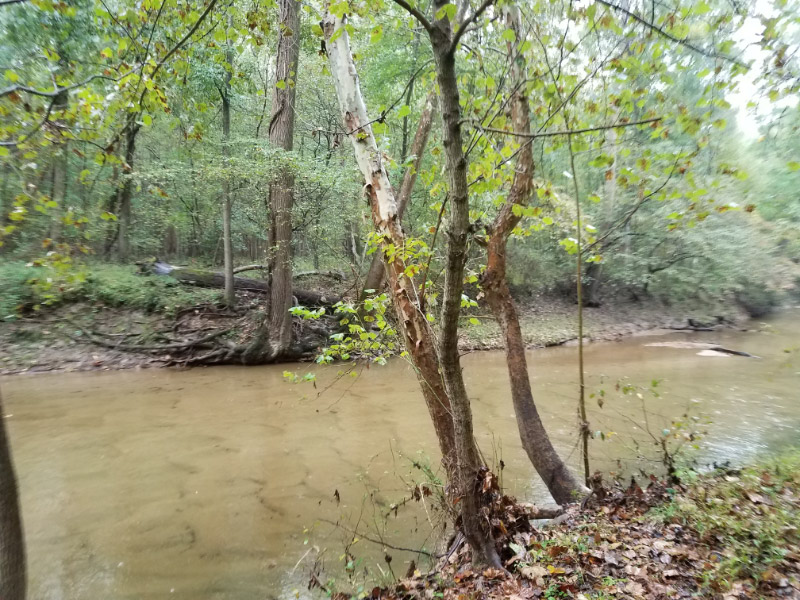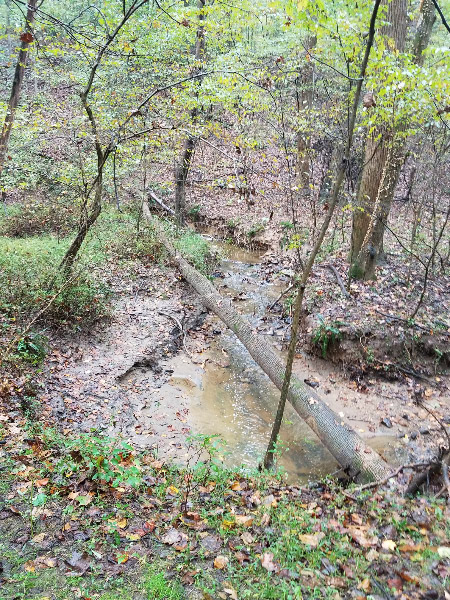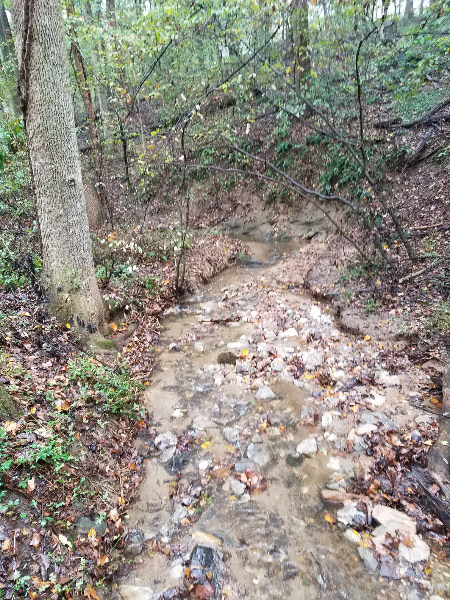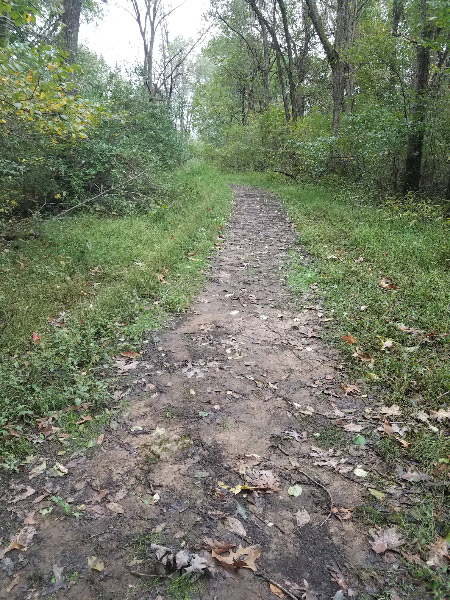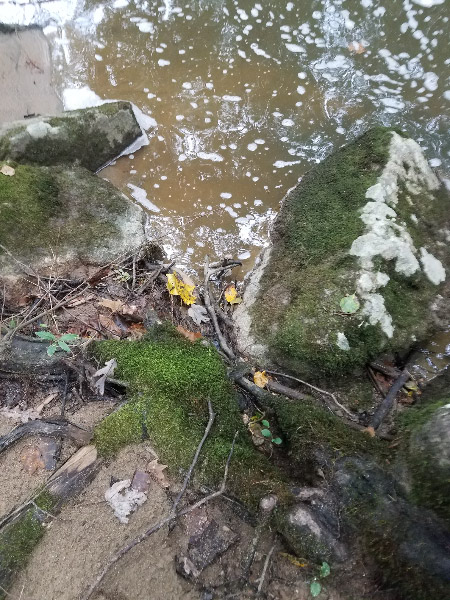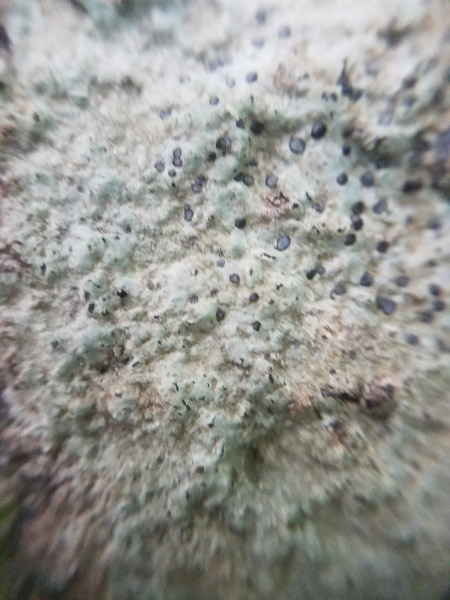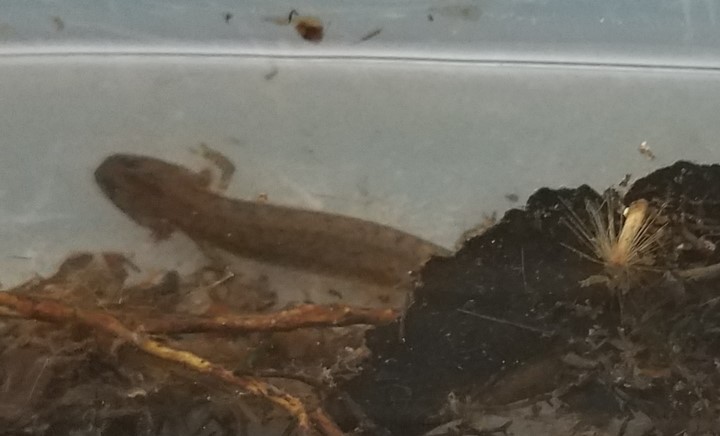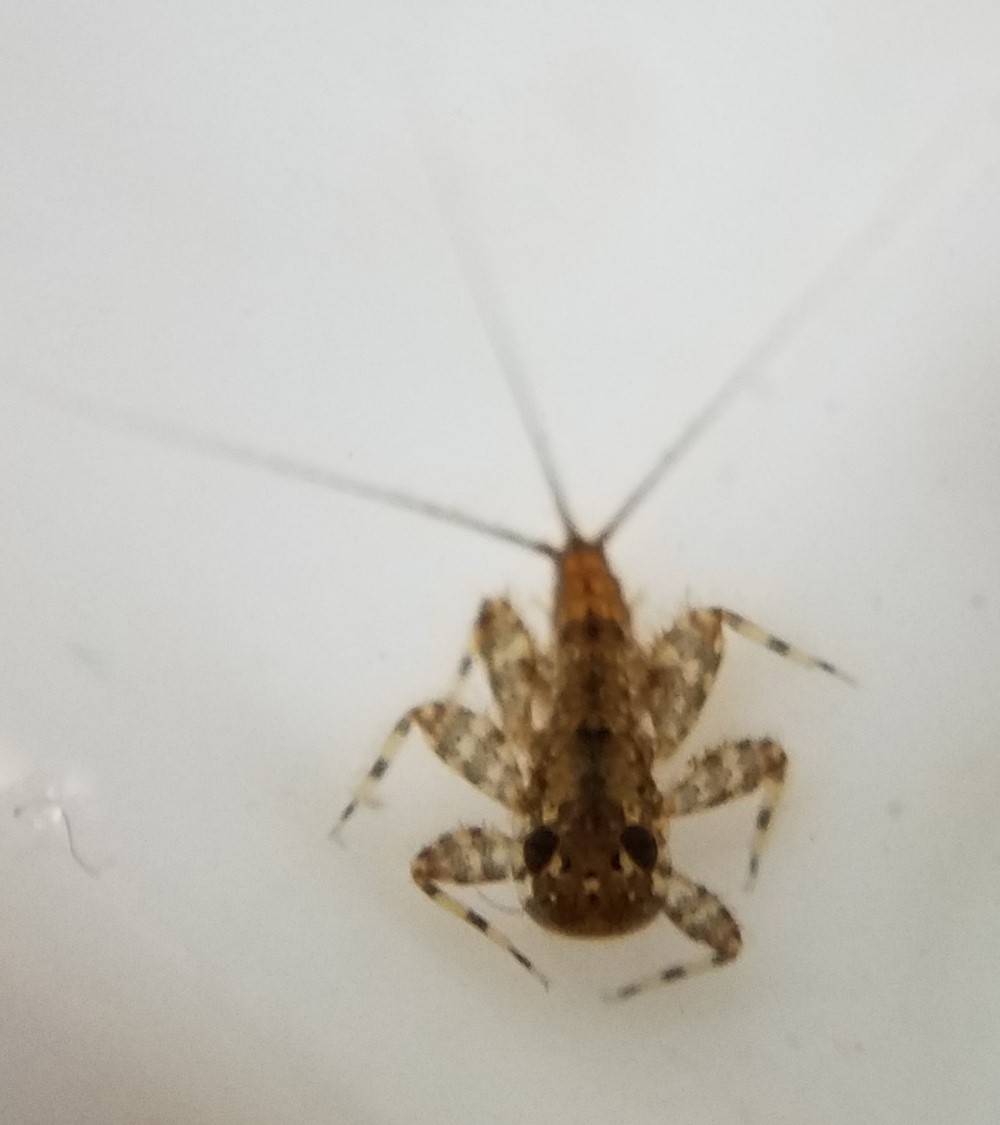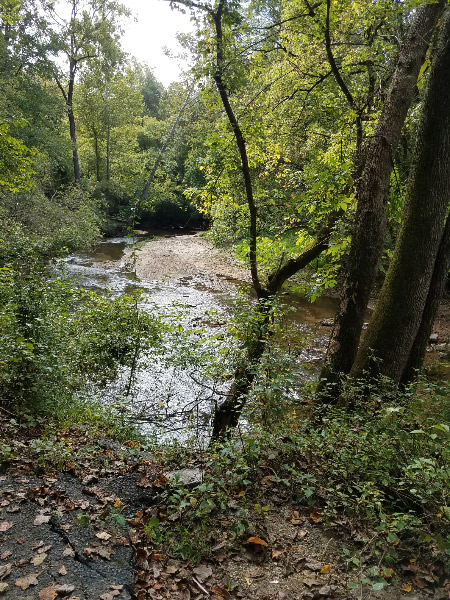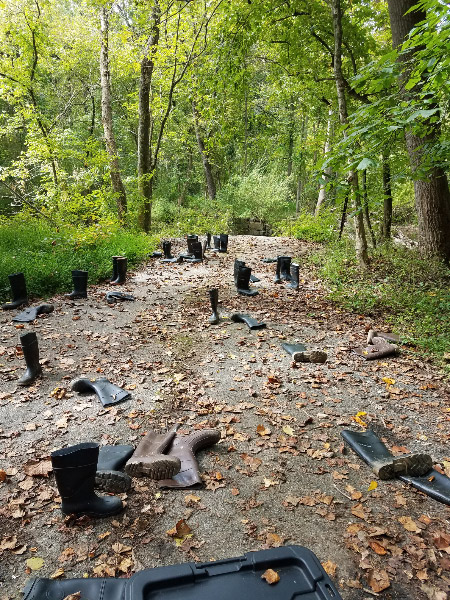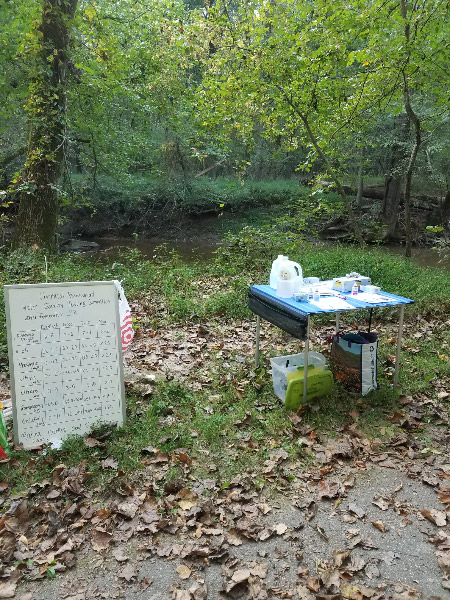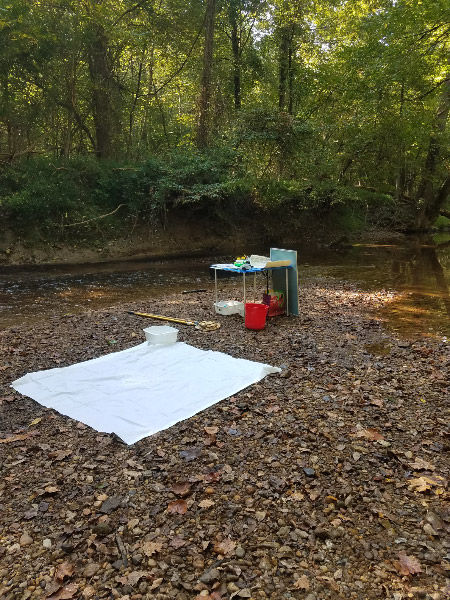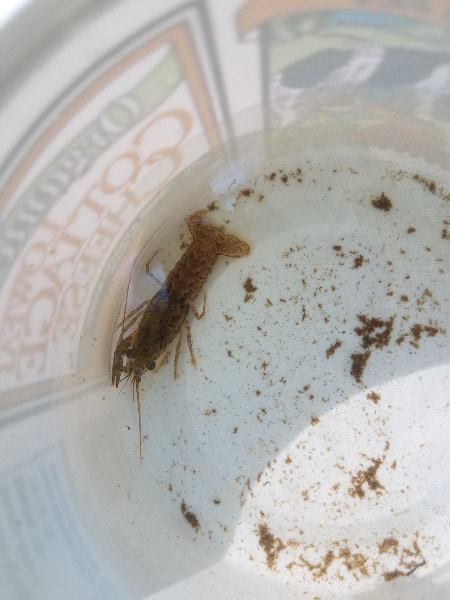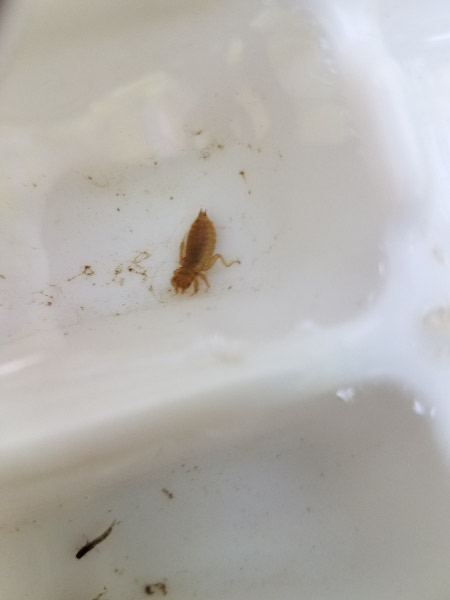Ten Little Celebrations – October 2021
/Celebrating fall…
Fall view from my office window. The view from my office window includes a tulip poplar and a red maple…the first has leaves of yellow…the second red although it will be the last to turn completely and let go of its leaves. Celebrating the most colorful views of the year from my office window.
Haircut. We’ve perfected getting haircuts while wearing a mask…still wait a little longer between haircuts than we did pre-pandemic – so it is a celebration to have neatly trimmed hair!
Morning walk in the neighborhood. Cooler mornings and days. Celebrating very pleasant temperatures for the whole day (although a jacket may be required in the morning).
Middle Patuxent River with students. Celebrating the restart to volunteering that I did pre-pandemic. The river is so beautiful when I am standing in the shallows in my big boots!
A new low weight for the year and a beautiful sunrise. Taking off the pounds is hard….but I am doing it! I celebrate every new low weight for the year. Recently I was in the right place to see the sunrise on the same day. I bought and enjoyed a slice of pumpkin roll to celebrate both!
Getting out cool weather clothes. It’s not a whole new wardrobe – but one I haven’t worn in months. I always celebrate my favorite clothes as I hang them up (and also the ones I am packing away). I didn’t have anything that I decided to put in the donate pile!
Patuxent Research Refuge. Celebrating the closest wildlife refuge to where we live. There is always something to see there and I always chide myself for not visiting more frequently.
Smell of butternut squash in the oven. It’s that time of year where the smell pumpkin pie spices fill my kitchen…celebrating the special foods and family events that will continue through the end of the year.
Popcorn with butter. Most of the time I eat popcorn with just garlic salt….it’s a special celebration to have it with butter (and much higher calorie)!
Longwood Gardens. A beautiful place…and a celebration every time we go. Some parts I enjoy again and again…and sometimes there are sights that are totally new.



